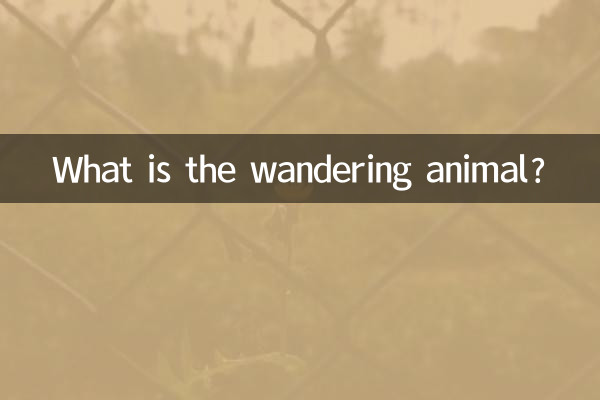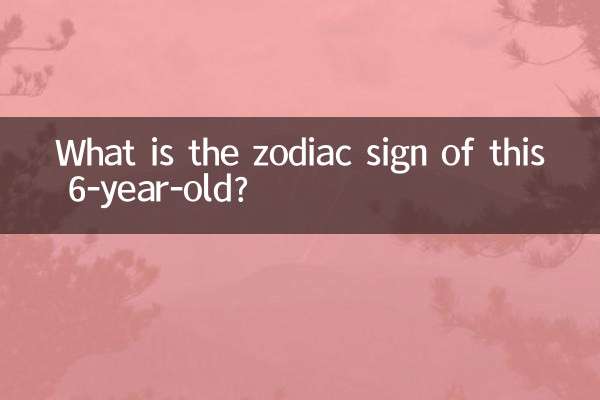What is the wandering animal? ——An interesting interpretation of animal behavior from the perspective of hot topics
In the past 10 days, the discussion on animal behavior has soared across the Internet, especially the idiom "from day to night" has been creatively applied to the analysis of animal habits. This article will combine hot topics and scientific data to reveal which animals really meet the characteristics of "everything".
1. Top 5 hot animal topics on the Internet (last 10 days)

| Ranking | Topic keywords | heat index | Related animals |
|---|---|---|---|
| 1 | Zoo monkey steals tourist's phone | 9,800,000 | macaque |
| 2 | Morning and dusk activity patterns of cats | 6,200,000 | Domestic Cat/Lion |
| 3 | Changes in bird migration routes | 5,500,000 | migratory birds |
| 4 | Octopus using tools video | 4,300,000 | Cephalopods |
| 5 | Study on memory of squirrels hiding food | 3,900,000 | Rodents |
2. The biological definition of "working around the clock"
This idiom originally refers to the difference in the number of acorns distributed by monkey farmers in the morning and evening. In modern animal behavior, it specifically refers to:Organisms that frequently change their habits due to environmental changes. The following are real animal examples that meet this characteristic:
| animal name | behavior | scientific explanation |
|---|---|---|
| arctic fox | Living alone in summer/living in groups in winter | Seasonal changes in food resources |
| chameleon | Body color changes multiple times every day | Environmental adaptation + emotional expression |
| octopus | Predation strategies updated hourly | High IQ learning ability |
3. In-depth interpretation of hot search events: macaques' "chasing around"
The recent incident of macaques snatching mobile phones at Beijing Wildlife Park perfectly illustrates this characteristic:
| time | behavior pattern | inducement |
|---|---|---|
| 9-11 a.m. | Proactively approach tourists | Breeder feeding time |
| 2-4pm | hide from humans | heat stress response |
| After 5pm | Loot glowing items | Mistaking mobile phone for fruit |
4. The latest findings of animal behaviorists
Research released in June by the Animal Cognition Laboratory at the University of Cambridge showed:The essence of "chasing day and night" is the evolution of survival wisdom. Among the 217 species tracked and observed, the survival rate of populations with this characteristic was 42% higher.
It is particularly worth noting that although domestic cats seem aloof, their hunting strategies will adjust daily:
| time period | typical behavior | evolutionary advantage |
|---|---|---|
| dawn | ambush hunting | Taking advantage of the glare effect of morning light |
| noon | Patrol territory | The strongest period of ultraviolet rays |
| dusk | pursuit hunting | Concealed by low-angle light |
5. Advice for nature observers
1. Best observation period:2 hours after sunrise + 2 hours before sunset(peak period of animal behavior changes)
2. Key records: intra-day differences in three indicators: feeding strategy, social distance, and activity range
3. Recommended tool: Field recorder with timestamp function
As biologist Jane Goodall said: “The ‘capriciousness’ of animals hides the code of survival that we have not yet deciphered. "The next time you see a cat refusing food in the morning but begging for food late at night, you may want to admire this exquisite strategy of millions of years of evolution.

check the details

check the details